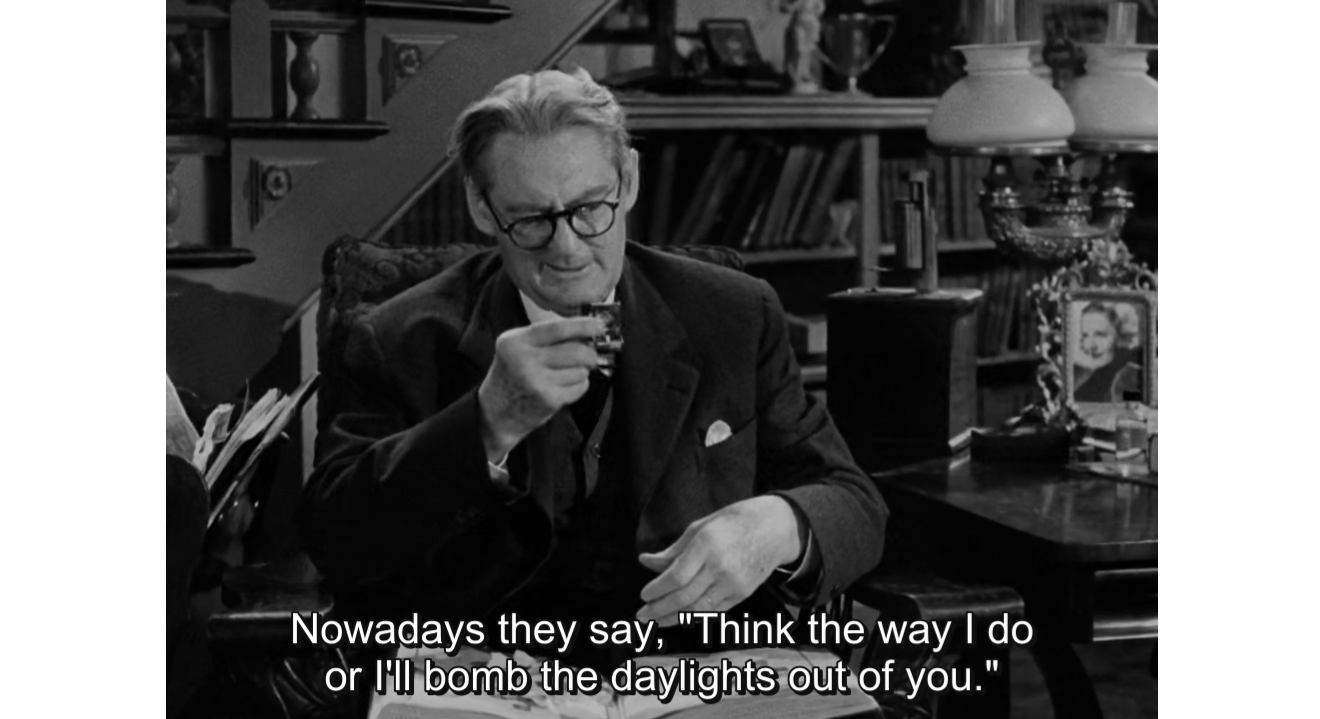Ang Maikling Buhay ng Apoy, Act 2, Scene 2: Suring at Kuk-ok (Auraeus Solito, 1995)
English Title: The Brief Lifespan of Fire, Act 2, Scene 2: Suring and Kuk-ok
The short film tells the myth of Suring, who casts a spell of immense beauty but is still judged by humanity. She retreats to the forests where she is far from the prying eyes of humans, and there, she befriends the Kuk-ok, a creature who can transform into any form. Solito, acknowledging the essence of the stories conveyed by his mother to be the act of telling and listening, withholds from turning the film into merely a package of visual pleasures founded on the supernatural foundations of the story. The myth is actually told by Suring, relaying with precise emotions her very own tale to the film’s audience. In a way, the audience becomes the direct heirs of the Palaw’an oral tradition, inheriting the knowledge of such tale straight from the being.
The sacred act of storytelling is preserved in the film. Solito only adds visual inflections. Using very crude stop-motion animation which turns Suring’s environment into a troupe of swirling and spinning performers that enunciate the highs and lows of the plot, Solito evokes a definite stance of enchantment in his recreation of how the legend was imparted to him. Leaves conspire to form a magnificent headdress for Suring, turning her into a terrifying presence. Tattoos are magically painted on her face, beautiful blues and yellows to represent her relationship with nature, and black and red to express the corruption dealt by humanity’s cynicism. Seashells, flowers, twigs and branches are turned into delicate brushstrokes and punctuation marks, tools in imparting the subtle complexities of the seemingly simple creation story.
Because of the dazzling colors and movements in the film, one can only surmise Solito’s wonderment when his mother tells him the story when he was a child. In a very mundane city such as Manila, these stories, especially to a boy whose imagination is not limited by the browns and greys of the metropolis, are sure to be sudden bursts of colors and textures. The film is successful in turning Solito’s very personal and private joys as a child astounded by his mother’s beautiful stories into something universal, where anyone can find himself trapped in the pleasures of being transported in a different place and era with only the power of voice and practical cinematic effects, without need of the excesses provided by computer-generated fakery.
Solito has always been a filmmaker who mines his unique circumstance in the world to etch his life as an artist. Ang Pagdadalaga ni Maximo Oliveros (The Blossoming of Maximo Oliveros, 2005), although based on a lovely screenplay written by Michiko Yamamoto, is grounded on Solito’s own childhood experiences in his Manila neighborhood. Pisay (Philippine Science, 2007) on the other hand, situates his creativity within his own academic and political coming-of-age in a peculiar science high school. Boy (2009) is a peek into his sexual awakening. Basal Banar (Sacred Ritual of Truth, 2002), a documentary that dutifully details his rediscovery of his Palaw’an roots, lays the groundwork for his narrative films on the bevy of stories he has learned through the years. Busong (Palawan Fate, 2011), the first of the several narrative films he plans, finds Solito in that situation where he returns to Palaw’an, not as a child fascinated by that missing link, or a traveller searching for that missing link, but as an advocate, tasked to perpetuate, the same way his mother and his ascendants did, their heritage through the art of storytelling.
(Cross-published in Lagarista.)




































No comments:
Post a Comment